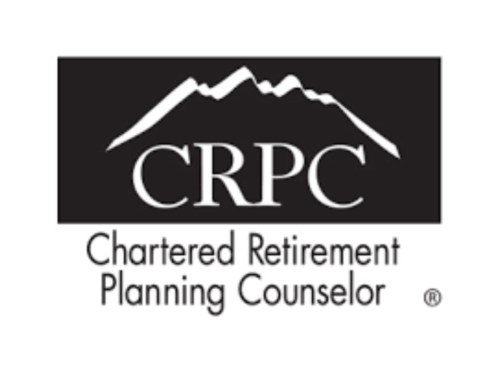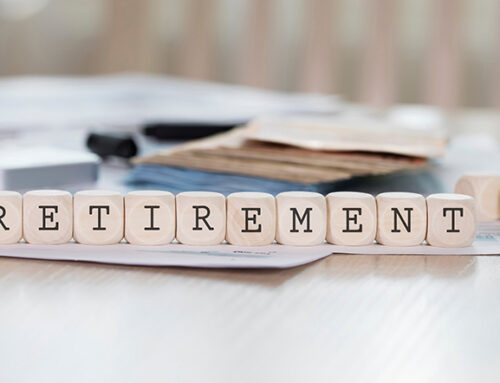The Crucial Role of Financial Representatives in Retirement
Posted by Ethan Ball
Serving Cedar Rapids, Iowa, and Surrounding Areas.
How the “Sequence of Returns” Impacts Your Investment Portfolio
Ever heard the term “sequence of returns”? It might sound complex, but it’s really just a way to describe the ups and downs in an investment portfolio’s yearly returns. The big question, though, is how these fluctuations affect your portfolio’s final value over time. And if you’re planning for retirement, this is something you’ll definitely want to understand.
Why Does the Sequence of Returns Matter?
Let’s walk through a few different scenarios to illustrate how market swings can impact your investments—whether you’re still building up your retirement savings or already withdrawing funds.
During the Accumulation Phase
If you’re in the stage of life where you’re saving and growing your investments, the sequence of returns tends to be less worrisome. A study by BlackRock looked at three investors who each started with $1 million in their portfolios. Over 25 years, each portfolio earned an average annual return of 7%.
Here’s the catch: the returns for two of those portfolios fluctuated wildly, ranging from -7% to +22% each year. The third portfolio had a flat 7% return every year. Despite these differences, all three portfolios ended up with the same value—$5,434,372—after 25 years. Why? Because the average return was 7% across the board.
The takeaway? During the accumulation phase, as long as you’re in it for the long haul, the ups and downs can balance out. It’s when you begin to take withdrawals that things get a little more complicated. However, working with a Cedar Rapids financial advisor can help ensure your portfolio aligns with your personal risk tolerance and goals.
What Happens When You Start Taking Withdrawals?
Here’s where the story shifts, especially for those planning for retirement. Once you start pulling money out of your portfolio, the sequence of returns can have a much bigger impact. If the market takes a dip early on, it could throw off your entire retirement strategy.
Let’s look at another scenario. BlackRock compared two hypothetical portfolios, both starting with $1 million and taking $60,000 in annual, inflation-adjusted withdrawals.
- Portfolio 1: This portfolio started strong, with a 22% return in its first year and 15% in the second. Even though it faced losses later, it still grew to $1.1 million after 35 years.
-
-
-
-
-
-
- Portfolio 2: On the flip side, this portfolio hit some bad luck early on, with a -7% return in its first year and -4% in its second. Despite also averaging a 7% return over 35 years, the portfolio ran out of money before the 35-year mark.
-
-
-
-
-
-
What’s the Lesson Here?
Even if two portfolios have the same average return, early losses can make a huge difference if you’re in the withdrawal phase. That’s why understanding the sequence of returns can be crucial as you plan for retirement. Consulting with a financial professional can help you craft a distribution strategy that minimizes risk, especially during those early retirement years when the market may be volatile.
So if you’re preparing for retirement in Cedar Rapids, consider working with a trusted financial professional at Iowa Retirement Benefits & Solutions who can help you navigate these challenges and keep your investment strategy on track.
Investment advisory services are offered through Fusion Capital Management, an SEC registered investment advisor. The firm only transacts business in states where it is properly registered or is excluded or exempted from registration requirements. SEC registration is not an endorsement of the firm by the commission and does not mean that the advisor has attained a specific level of skill or ability. All investment strategies have the potential for profit or loss.




